The Taiwanese seem besotted with food. The National Palace Museum in Taipei has almost 700,000 objects in its collection, but the most popular two items are a piece of jade that looks like a pak choi cabbage and a stone which resembles a slice of pork belly. You can judge a nation by what it treasures most — and we only had three days in Taipei, so we decided to let the city’s culinary life dominate our experience.
My boyfriend Ed and I arrived at night — hungry and awake. Unlike Bangkok, where we had just flown from, Taipei seemed to be a sleepy city. On a side street, away from the comfort of the Mandarin Oriental, we found a restaurant serving something. It was unclear what, but we ordered two bowls. What arrived was a Chinese-style hot pot with noodles sunken beneath the dark broth. The man on the next-door table started laughing at us, but we were too famished to care why. Whatever we were eating tasted good and filled us up. ‘Lin’s Family Lamb Furnace’ turned out to be the restaurant’s name. It only served lamb dishes.
The following day, we visited ‘Addiction Aquatic Development’ market. Colossal crabs and giant mussels greeted us. Women sat on little wooden stools rolling up fish flakes into balls. Bulbous white bits of meat hung down from shop counters. Cows ovaries, we were told. At the end of the market was a barbecue stall where younger people hung out, listening to jazz and Taiwanese pop, while sipping on sweet potato milk and picking at rosy slices of Japanese-style sushi.
The tallest building in Taipei — and once the tallest in the world — is the World Trade Centre. It looks like a stack of takeaway boxes. On the ground floor is Din Tai Fung, which specialises in xiaolongbao, a type of Chinese steamed dumpling. The restaurant is unassuming, to say the least: it looks like a sterile road-side caff with orchids dotted around the place to cheer up the atmosphere. As at the museum, Taipei residents seemed happy to queue for hours for their food, and we joined them, alongside a group of south Korean soldiers who were in town.
Behind a screen were dumpling-making stations and we watched men in white coats and hats make the xiaolongbao. One dumpling contains 16g of filling and 5g of dough – no more, no less. Each dumpling is individually weighed. If they are out by even 0.1g, they are discarded. The doughy survivors are then steamed for four minutes and 20 seconds. Every day, 13,000 dumplings are produced this way. Fillings include green pumpkin, braised aubergine and the classic prawn and pork. To eat them, you hold one with your chopsticks in a small porcelain spoon, nip the side and pour in a little soy and vinegar, then slurp the whole thing down. The process is fiddly for amateurs but they really were delicious. There are plans to open a Din Tai Fung in London this year but this is somewhat dependent on whether or not they can find staff with the necessary patience.
I was keen to try bubble tea, which is a Taiwanese invention. I’ve avoided this drink in Britain, despite the fact that bubble tea emporiums have risen up all round London in the past few years. I bought a large cup of the milky tea outside the Chiang Kai- shek memorial hall, which opened in the 1980s, the same decade that bubble tea was dreamt up. The bubbles — or ‘pearls’, as they are sometimes known — are in fact tapioca balls and they whizz up the straw as you suck. The sensation is peculiar yet pleasant.
Nearby, in the Lungshan Temple of Manka, tourists and worshippers mingled peacefully under a haze of incense smoke. At different shrines, huge piles of foods were offered to deities. At one dedicated to study, a child had left an apple to ask for a blessing in an upcoming spelling test. Mothers who had recently given birth delivered sesame oil chicken to the shrine for fertility, as a way of giving thanks.
We discovered that we couldn’t have been more wrong about Taipei being sleepy. A friend from London happened to be travelling through and he insisted we visit the night markets with him, to try out some of the more exotic delicacies. Even the names of the markets felt strange to our tongues. We went from Shilin to Huaxi and ended up in Ningxia. Everything was cheap, which meant you could order dish after dish, and have a bite of whatever looked appetising — or worth trying for a dare.
In the first category were warm potato balls dusted with sour plum salt that made your lips pucker. Fluffy bao buns stuffed with glutinous pork. Double-fried chicken served with a chilli sauce as thick as jam. In the second category were whelks, ugly- looking seacucumbers, frogspawn — which we later discovered was more tapioca — raw fish skin and stinky tofu. The halitosis-pong of this traditional Chinese delicacy belies a taste which is actually quite mild. It is the Stilton of the East.
Our trip around the night markets was interrupted by an almighty bang — never a sound you want to hear in a city. But nobody seemed as shocked as we were. An elderly man was making popped rice in a rusty-old car engine to sell as a snack to revellers.
Taipei was founded in the early 18th century by Chinese immigrants. The Japanese took over Taiwan in the late 19th century but the island was returned to Chinese control following Japan’s defeat in the second world war. When the Communists came to power in mainland China, Chiang Kai-shek and the Kuomintang Nationalist party fled to Taiwan, where they set up a government in exile. When we did ask a few questions about the current state of play, the replies seemed cagey. ‘There are lots of young people in Taiwan who now want to benefit from China’s prosperity, but what has happened to Hong Kong has made us wary of relinquishing too much power to China,’ said one woman we met. Taiwan has digested a lot over the years.
By way of an example of the intricate political situation, if you search on Google for Taiwan’s national airline, you are directed to China Airlines. China, after all, considers Taiwan to be its province. We flew with Eva Air, which is Taiwan’s biggest airline, and met one of the pilots. Where is best to eat, we asked, because it seemed the most diplomatic question.
‘Everyone will tell you to go to Din Tai Fung’ – and he was right, they had. ‘But the place to go,’ he said, is Dragon Inn Dumpling House. And so we did – even though our stomachs groaned. This dilapidated wooden inn couldn’t have been more different to its fastidious rival. Everything was sticky. The menus, the waxy tablecloths, the floor. The vinegar came in grubby plastic bottles and the walls were covered in layers of graffiti. But when white porcelain bowls arrived filled with steaming beef broth and plates turned up piled high with translucent dumplings, we couldn’t have cared less. We would have flown all the way back just for another helping.
Got something to add? Join the discussion and comment below.
Get 10 issues for just $10
Subscribe to The Spectator Australia today for the next 10 magazine issues, plus full online access, for just $10.
You might disagree with half of it, but you’ll enjoy reading all of it. Try your first month for free, then just $2 a week for the remainder of your first year.


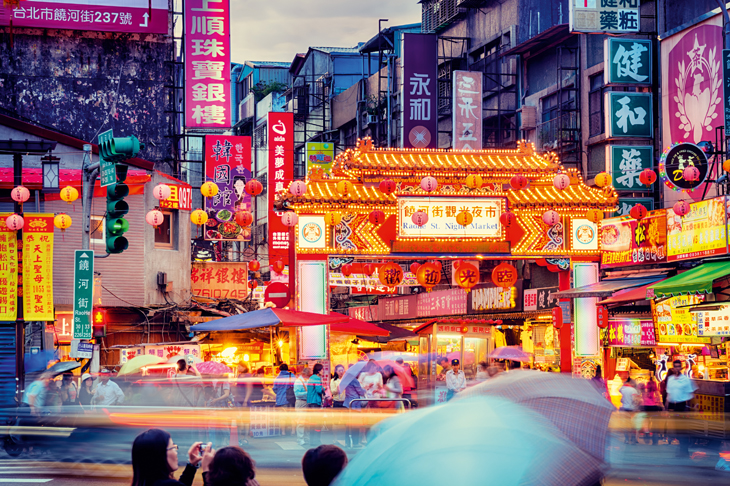
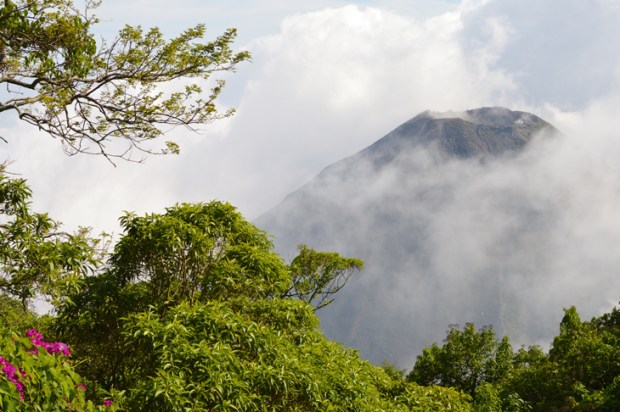
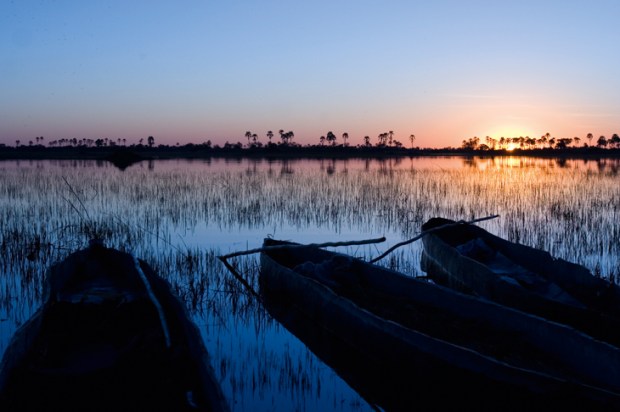

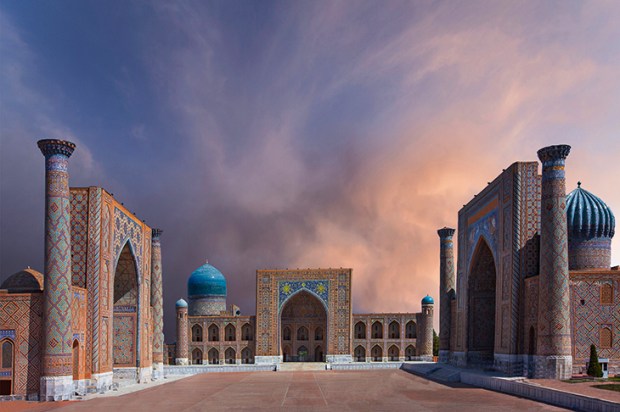
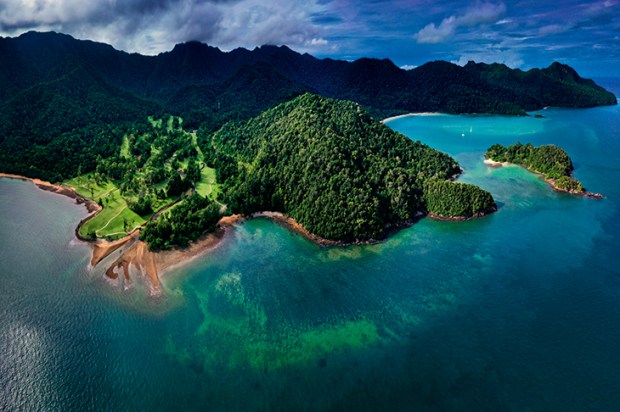
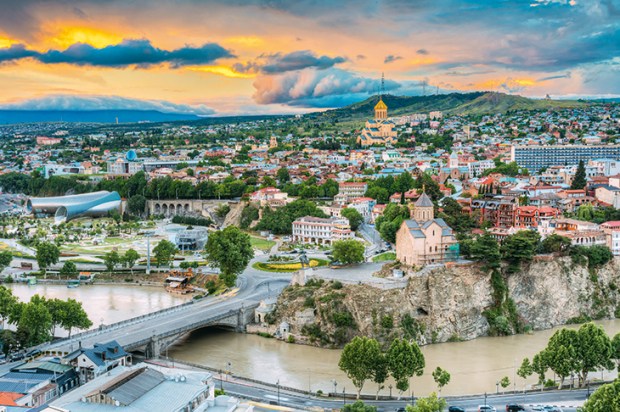






Comments
Don't miss out
Join the conversation with other Spectator Australia readers. Subscribe to leave a comment.
SUBSCRIBEAlready a subscriber? Log in